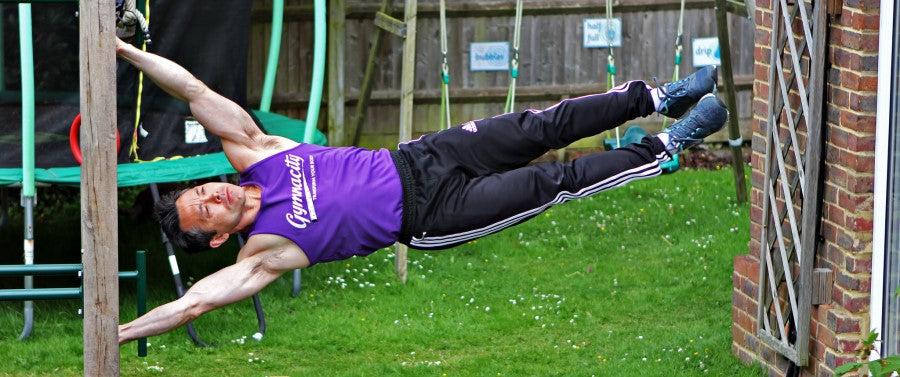How to Make Sub Flooring for Synthetic Ice
If you are thinking about installing synthetic ice in your home so that you can ice skate without having to leave the house, you may have a few questions. Although synthetic ice panels are lightweight and easy to install, they are not optimum for all surfaces. For example, if you want to lie flooring down in a room that has carpet, or on the lawn in the yard, it is better if you put down a hard sub-flooring so that the skating area has some solid support under it. Some may argue that you don’t need to put down flooring. They might be right in the correct circumstances. If you already have a hard surface to install the panels on, you won’t need subflooring. However, if you don’t have a flat, solid surface to put the flooring on, you could damage the panels, or even damage yourself if you skate on it.
Check Your Area
If you want to determine whether or not you need subflooring for your ice rink, you have to take a look at the area where you want to install your flooring. As we mentioned above, if you want to build on carpet or lawn you will most definitely need to install some subflooring to make it work. However, if you have cut an area out in the dirt that is solid, you could be able to get away with installing the flooring without subflooring. Although this would only be good in the dry weather because rain will muddy the ground beneath and cause problems. In any event, the area that you want to install subflooring on is where you want to take measurements and calculate the installation.
Plywood Subflooring
In most cases the best kind of subflooring you can install is plywood. Make sure that the wood that you use is treated for the correct placement. If you are installing an outdoor skating area, get weather-treated plywood. Be sure to get good quality plywood that is going to last, and be able to withstand the weight of skaters on it.
Level the Skating Area
If you are going to install subflooring on the ground, make sure that the area is level. If you build your rink on a slant, you will end up with problems in the long run. You may have to dig some earth up and rake it around from one side to the other in order to get an optimum surface, but it will be worth it in the end to have a nice, flat, stable surface to build your rink on.
Lay the Plywood Out
Assuming that you are building a platform of one layer, you can take your measured out plywood and lay it on the ground in the area that you want to install the flooring. To cut the plywood you can either buy it pre-cut from the lumber store or measure it out yourself and carefully cut the panels down to size with a circular saw. When you lay the flooring down you can use deck seam tape to pull and hold the edges together. Lay the plywood out as flat and as level as you can possibly get it.
Install the Panels
Once you have your subflooring properly laid out and ready to go, you can assemble your flooring on it. Start from the middle and work your way out, laying the first two panels flat on the floor, interlocking them, and working in a circular direction to the outside of the flooring. Make sure that the panels are flush with each other and that there are not any ridges or dips in the flooring.
Use Your Flooring
Although synthetic ice panels are great, subflooring can also come in handy when you install dryland hockey flooring as well. Both of these types of hockey floorings can be great aids when it comes to training and staying in shape.
***Sniper’s Edge Hockey loves Canada! We proudly ship all of our products to Canada and offer the same return policies as we do for everybody else. We realize the exchange rates for the Canadian dollar are not the best right now, so we’re trying to help by giving you free shipping and no customs/duty.***



